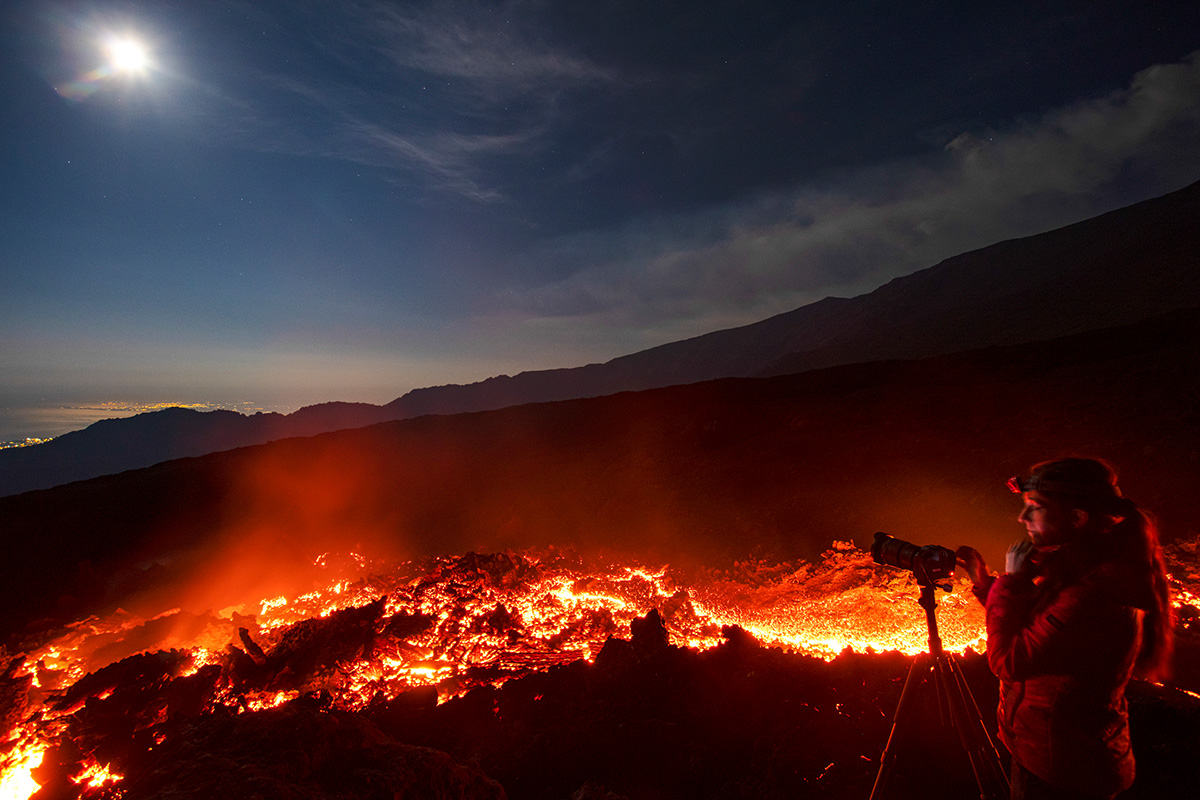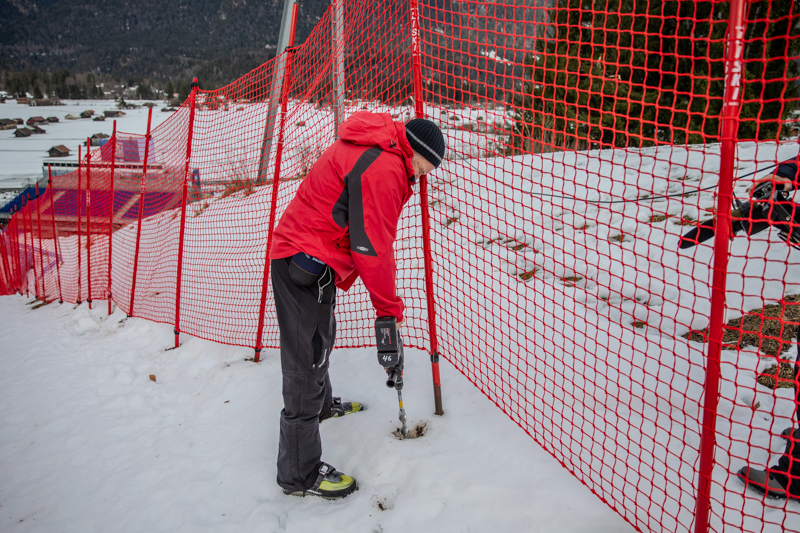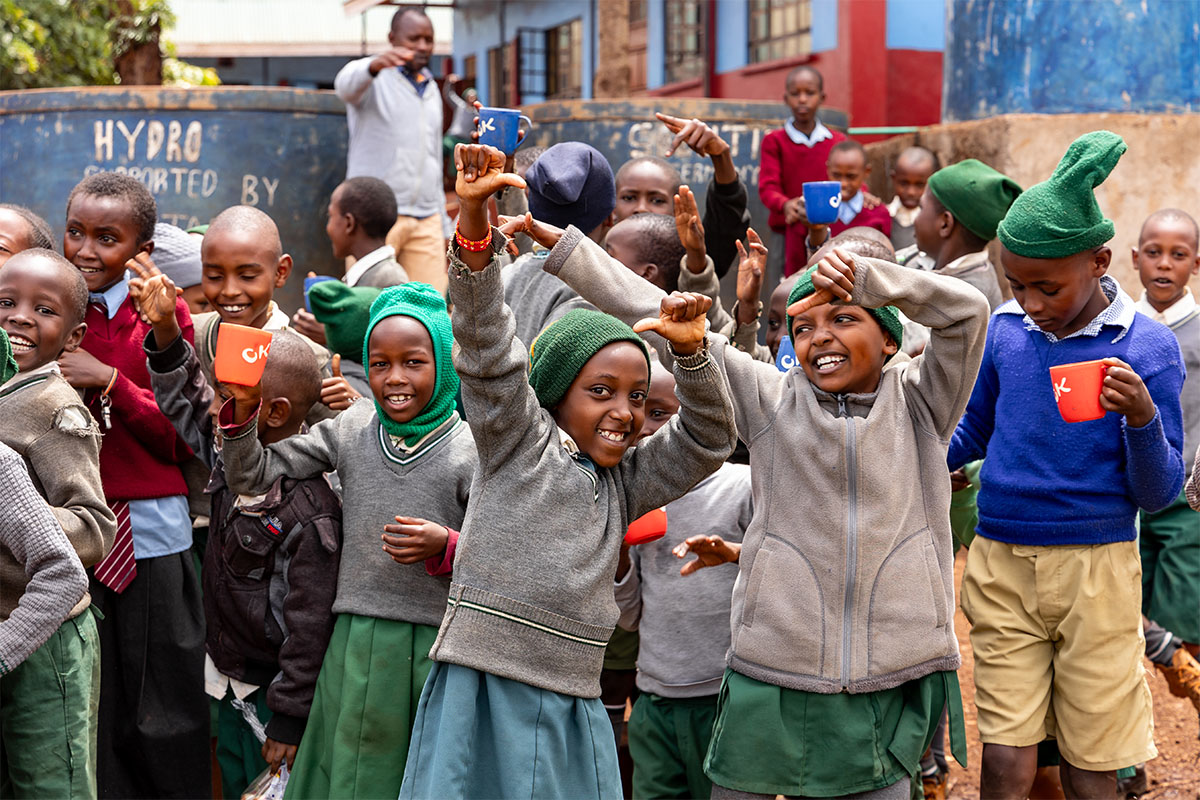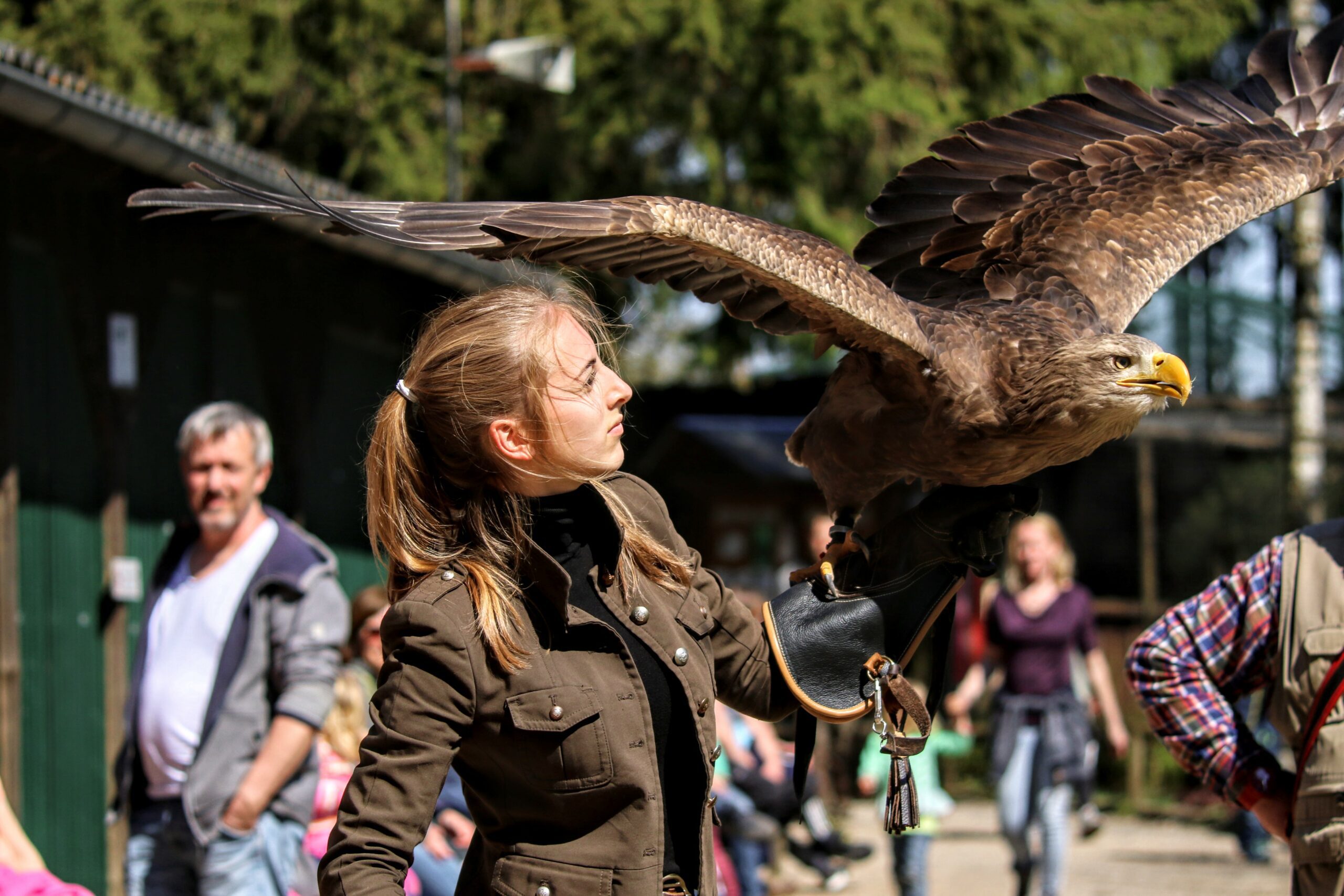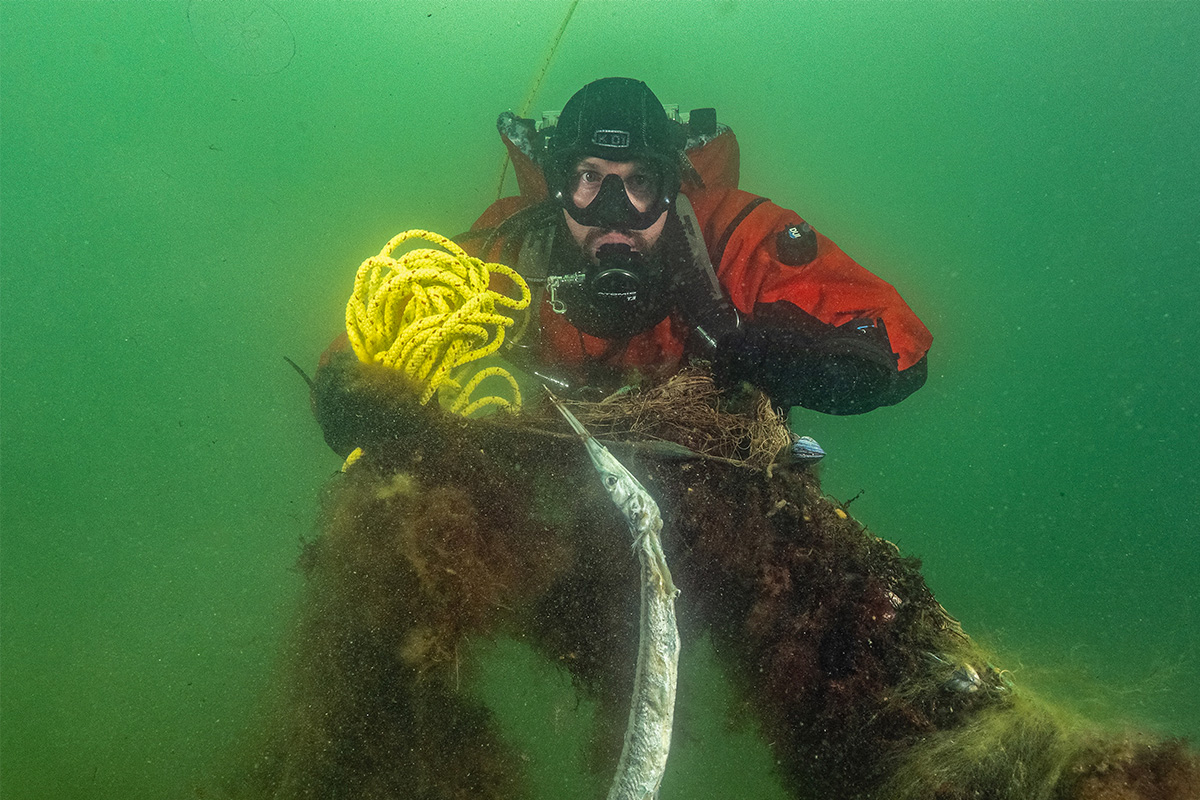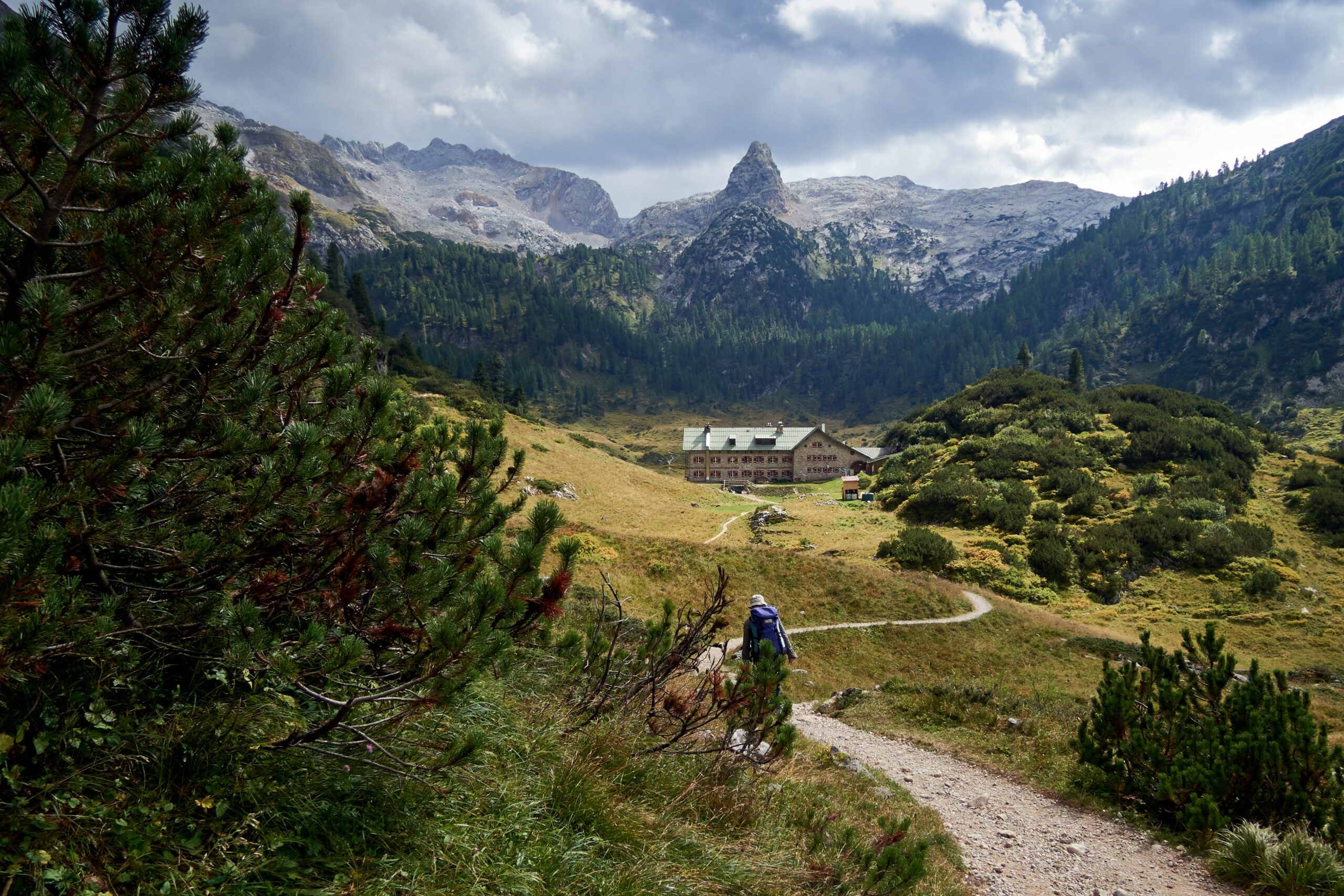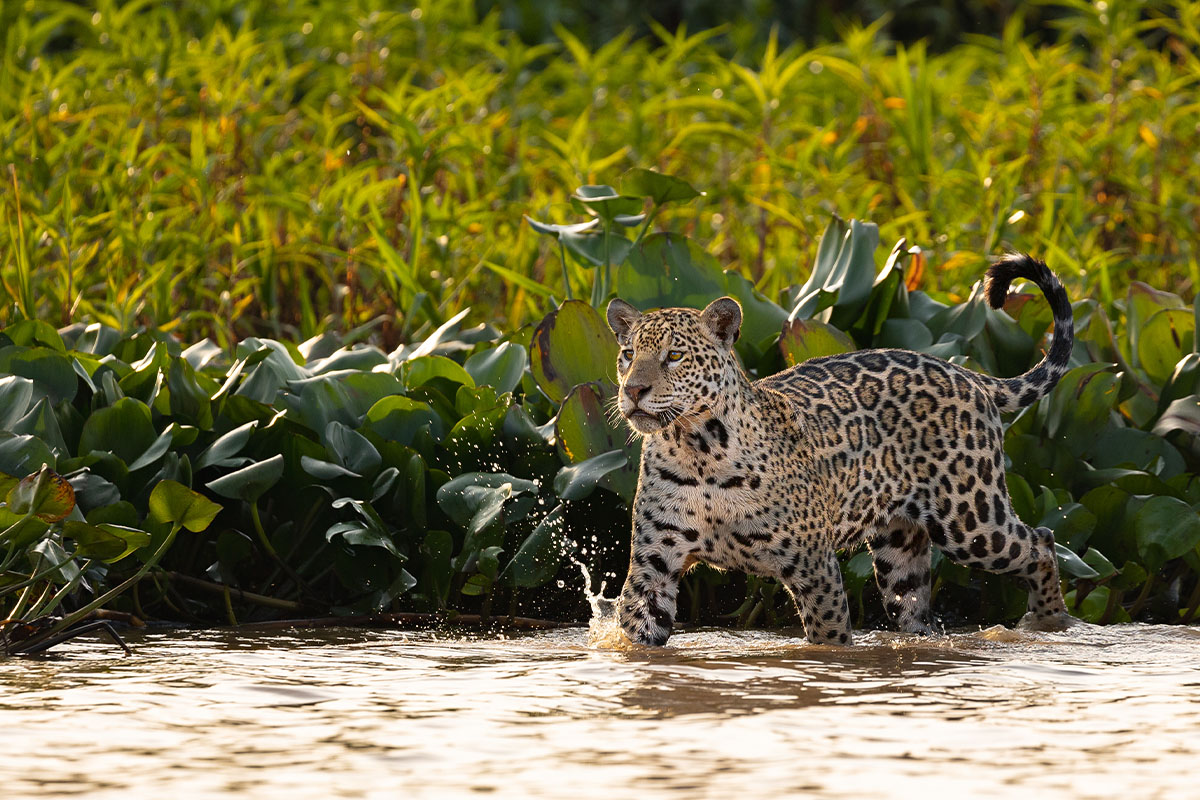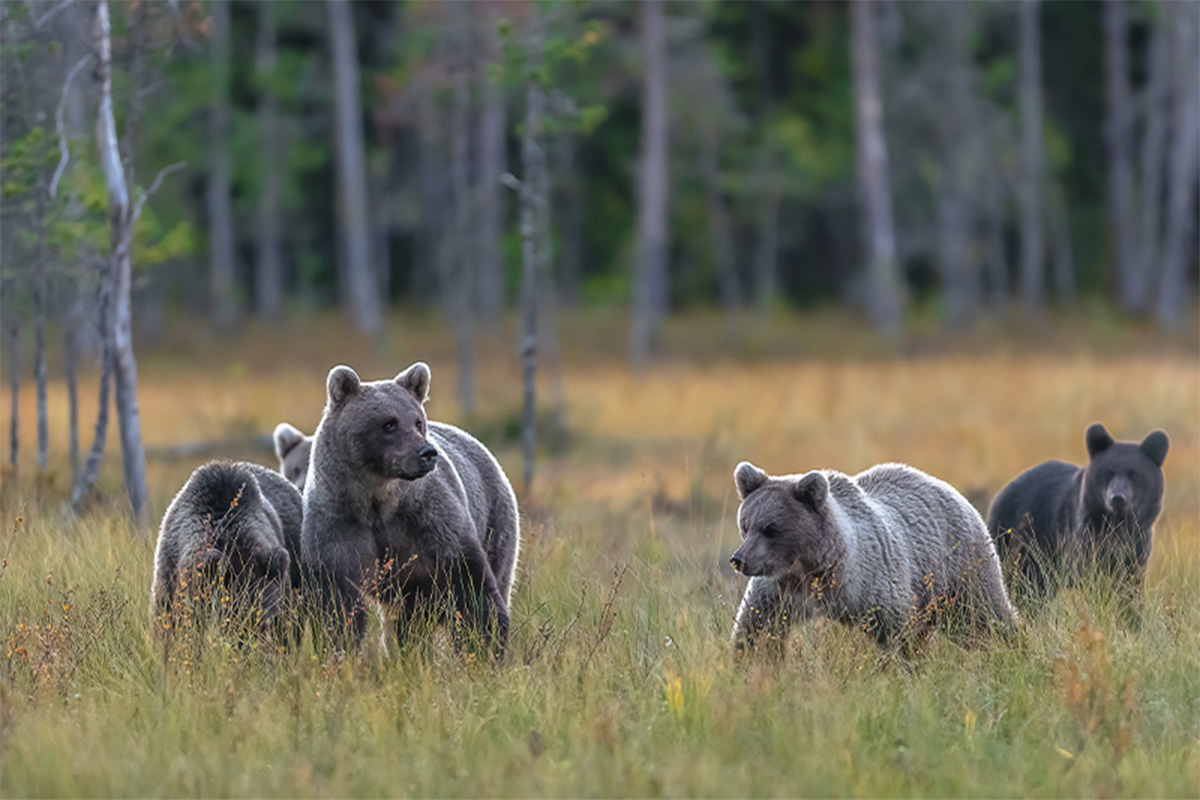Climbing mountains isn’t enough for Ulla Lohmann. This daring adventurer ventures inside. She is deeply fascinated by volcanoes and the people living around them. Her travels regularly involve spectacular displays of nature, curious cults, and very close calls.
Fascination: Volcanoes
Ulla was only eight years old when her parents took her on a trip to Pompeii. The visible marks left by the devastating eruption of Mount Vesuvius have been on her mind ever since. “The raw, primal force of nature – of Earth – is awe-inspiring. Our trip to Pompeii showed me what a volcano is capable of,” recalled Ulla. The family vacation turned out to be a defining moment in her life, for she came away with a clear goal: She must see an active volcano. She must see lava.

“When I was 18, I headed out to travel the world. At 19, I stood on the edge of my first volcano and gazed at Earth’s heart.” Even today, at the age of 45, Ulla has a twinkle in her eye whenever she remembers her beginnings. And the edge of the volcano was, indeed, only the beginning. “As well as showing me Pompeii, my parents gave me Jules Verne to read.” After finishing Journey to the Center of the Earth, Ulla decided that looking at lava from afar simply wouldn’t do. “I wanted to get as close to the lava as I possibly could.”
Around ten years passed before she made her dream come true. “The first volcano I abseiled into was Mount Benbow on Ambrym in Vanuatu.”
A Hazardous Passion
To most of us, an active volcano is intimidating enough from a safe distance; abseiling into the lava quite simply seems like a death wish. But Ulla knows that volcanoes are not actually as dangerous as one might think. “I take a calculated risk. Once the volcano degasses and the lava becomes visible, all the pressure has gone.” This makes a surprise eruption highly unlikely. “You just have to monitor the situation for a certain period of time, then it’s pretty safe,” she explains.
A journey into the lava requires a lot of preparation. The first step is to survey the site remotely before setting out on the adventure. “For example, there’s the volcanic tremor – Earth’s heartbeat,” Ulla explains. That’s when the ground shakes due to volcanic activity. She continues to monitor the volcano visually on site. “We always spend several weeks there before we climb up.” Alpine risks such as rockfall and sudden changes in the weather must also be taken into consideration. “Volcanoes always create their own weather.” Just like in regular mountaineering, ropes must be securely belayed at all times. “Then you have the heat – in spots where the volcano emits hot gases, for example. Better not put the rope on those,” Ulla points out.

Ulla and her team usually take a lot of equipment on their expeditions: Research tools as well as photography and film-making gear. Transporting this equipment is almost as time-consuming as the work itself, so she often sleeps on the volcano – or even inside it. “I enjoy sleeping outdoors. It’s part of the adventure for me; I want to spend as much time as possible on the volcano.” She has spent as much as two months at a time outside in this way. But it’s not a comfortable experience. “You need to wear a gas mask and set up a carbon dioxide monitor, which goes off when oxygen levels drop.” Unsurprisingly, Ulla doesn’t get a lot of sleep on her trips. Even at night, the ground around her continues to shake.
Close Calls
Despite her thorough preparations and impressive expertise, Ulla has encountered her fair share of situations that would make most people go into blind panic. “One time, I nearly didn’t make it back up,” she mentions nonchalantly. “It was starting to rain. When rain hits volcanic gases, it turns into acid rain. That damages the ropes.” At the time, Ulla and her partner had already abseiled halfway down the crater. It took them eight hours to get back up. “We discussed, in a very matter-of-fact way, who would go up first. Neither of us wanted to keep going if the other didn’t make it.” In the end, a compromise was found: They climbed back up one after the other, step by step. “You just have to stay calm in situations like that. The calmer, the better. I never panic, and that’s what has always saved me. When you find yourself in a dangerous situation, just pause, breathe, and think.”
Ulla has even gone through the worst-case scenario that crosses everyone’s mind when near a volcano. “In my early twenties, I was filming on an erupting volcano in Papua New Guinea. Suddenly, it went BOOM. The whole mountain exploded. And I was on top of it.” There was nothing she could do other than get down as fast as possible. “I just ran.” She didn’t even stop filming or commenting on her way down. Ulla admits that the experience was scary, but: “I’m more afraid walking through Munich at night than I am on an erupting volcano.”
The Volcano-Dwellers
Ulla often carries out research work during her trips to volcanoes all over the world, for example, by taking lava or gas samples. Personally, she is more interested in the societies emerging around volcanoes. “The cultural aspect is very interesting and somewhat neglected by scholars. Indigenous peoples have their own ways of observing volcanoes; they have a completely different understanding of nature.” She has even written a book about the topic: Vulkanmenschen (“Volcano People”) was released in April.

The 45-year-old has had some very unusual experiences during her adventures. What took her to Vanuatu in the first place was her curiosity about the local John Frum cult: A religious community in the country that believes in an American god living inside the volcano. It probably goes back to American soldiers who landed on the South Pacific island chain in the 1930s and 1940s. One of them, “John from America”, is said to have helped the natives resist missionization. “Many people travel there because of the cult.” This is a desired effect: The phenomenon draws in tourists and, consequently, money to the region.
In Papua New Guinea, Ulla learned about a chicken that warns people of volcanic eruptions. Rather than sitting on its eggs, the bird buries them in the hot ashes on the side of the volcano. “The closer the eggs are to the surface, the more likely it is that the volcano will erupt soon.” When an eruption is imminent, the chicken simply places the eggs on top of the ashes. A similar phenomenon has been observed in Italy. “Goats on Mount Etna wear GPS collars. Any changes in their behavior, any signs of nervousness, are an early warning sign for the people in the area.”
Back to Benbow
Ulla has visited quite a few volcanoes over the years. She has even been on top of Earth’s highest volcano: Ojos de Salado in Chile. But there is one that keeps her coming back again and again. “My favorite volcano is Mount Benbow. It’s where I saw lava for the first time ever, and it’s also where my partner proposed,” she said. She also likes Mount Stromboli off the Sicilian coast. All volcanoes are different, she explains, even though many people have a uniform, stereotypical image in their head.
“Sometimes, the lava is gray. Sometimes, there’s gas. Some volcanoes stink, some don’t. And sometimes, volcanic activity can even unite hostile tribes that have to deal with the aftermath of an eruption together.” All that is within the power of nature’s primal force. Despite many obstacles, Ulla’s fascination for volcanoes and the people living near them keeps her going back for more. “When you have a passion, leaving your comfort zone is no big deal.”
